Introduction
Can Parakeets Talk: Parakeets, also known as budgerigars, are colorful and charismatic birds that have captured the fascination of bird enthusiasts and pet owners alike for many years. One of the most intriguing aspects of these small parrots is their ability to mimic and imitate sounds, including human speech. Into the fascinating world of these feathered chatterboxes, uncovering the science behind their speech capabilities, the factors that influence their talking abilities, and the delightful interactions that can arise when you share your life with a talkative parakeet.
So, let’s embark on a journey to discover whether parakeets truly talk and what makes them one of the most charming and entertaining avian companions. Throughout history, parakeets have earned a special place in our hearts not only for their vibrant plumage but also for their impressive vocal talents. Their remarkable ability to mimic sounds has made them popular pets, and many bird enthusiasts have marveled at their capacity to mimic words, phrases, and even melodies.
Whether parakeets can truly “talk” is a nuanced one. At first glance, it might seem that these charming birds are engaging in meaningful conversations with their human companions. However, their mimicry is more about repetition and imitation rather than conveying thoughts or ideas. We’ll delve into the mechanics of parakeet vocalization, the factors that influence their talking abilities, and the intricate bond that can develop between a parakeet and its owner through this unique form of communication.
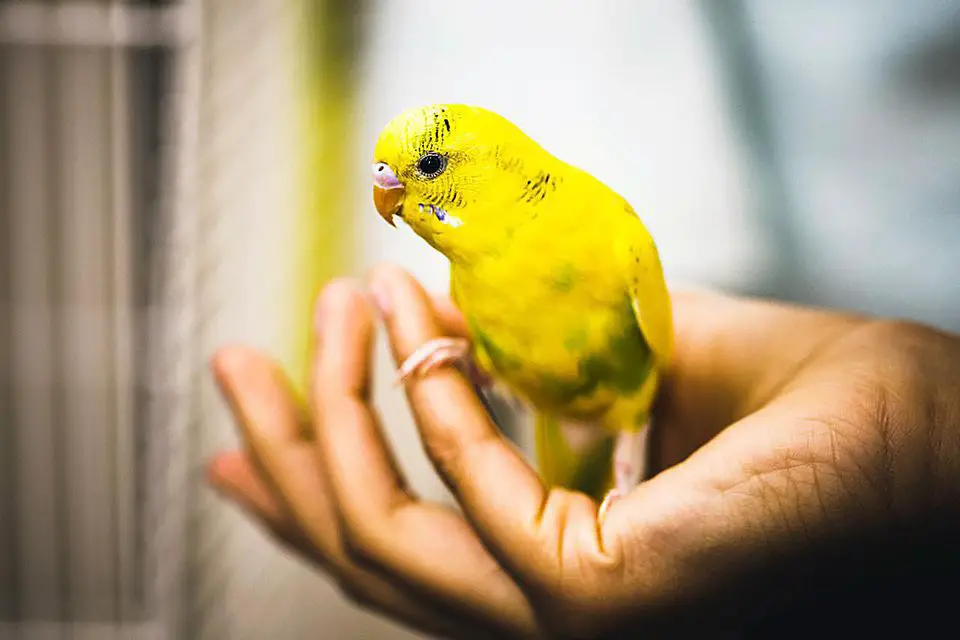
How long does it take for a parakeet to start talking?
I’ve read that budgies start being able to talk around 3 months.
The time it takes for a parakeet to start talking can vary significantly from one bird to another, and it depends on various factors. Generally, parakeets are not as proficient at talking as larger parrot species like African Greys or Amazons, but with patience and consistent effort, many can develop some level of vocal mimicry.
On average, it may take several months for a parakeet to begin uttering its first words or phrases. However, there is a wide range of individual variation. Some parakeets may start mimicking sounds within a few weeks, while others may take up to a year or more before they begin to talk. The bird’s age, genetics, and environment all play roles in this process.
Younger parakeets tend to be more receptive to learning new sounds, so if you’re interested in teaching your parakeet to talk, it’s often recommended to start training when they are still relatively young, ideally around 3 to 6 months of age.
Are parakeets friendly?
Parakeets are loving creatures that crave the attention of their owners. Make wonderful pets for families living in small homes and apartments. Excellent choice for families with small children and other pets.
Parakeets, also known as budgerigars, are generally considered to be friendly and social birds. Their friendly disposition makes them one of the most popular choices for avian companionship. However, like any pet, individual personalities can vary.
In general, parakeets are known for their sociable nature. They thrive on interaction and often form strong bonds with their human caretakers. Many parakeets enjoy being handled, perching on their owner’s finger or shoulder, and even being gently petted. They can be quite affectionate, often showing their affection through chirping and grooming behaviors.
Parakeets are highly intelligent and can learn to recognize and respond to their owners’ voices and actions. They enjoy being talked to and engaged in various activities like toys, puzzles, and flying exercises.
What does a parakeet say?
For all their vocalizations, parakeets don’t sing, as such – not in the way that finches and thrushes sing, for example. After all, these guys are parrots, not songbirds. But they have a rich repertoire of chirrups, whistles, chatter, trills and various other snippets they’ve picked up.
Parakeets, while not known for their extensive vocabulary like some larger parrot species, are capable of mimicking and saying a variety of words and phrases. What a parakeet says can depend on several factors, including individual personality, exposure to sounds, and consistent training.
Common words and phrases that parakeets often learn to say include simple words like hello, goodbye, pretty bird, and the names of their human companions. They can also mimic common household sounds such as ringing phones, microwave beeps, or doorbells. Parakeets are excellent imitators and can replicate a range of noises they hear regularly.
While parakeets can mimic these sounds and words, their understanding of them is limited. They repeat sounds and words they’ve learned through auditory memory, rather than comprehending their meaning.
How do you get a parakeet to trust you?
Your male parakeet makes many sounds, while your female parakeet has one loud chirp for vocalization. This is a good observation. Male budgies can learn to talk quite well, female parakeets generally don’t learn to talk. This is also true of cockatiels.
Start Slowly: Begin by spending time near the cage without trying to handle the parakeet. Talk softly to them, so they become familiar with your voice.
Offer Treats: Use treats like millet spray or small bits of fresh fruit to associate your presence with positive experiences. Extend your hand toward them with a treat, allowing them to approach and take it at their own pace.
Move at Their Pace: Pay attention to your parakeet’s body language. If they become agitated or stressed, back off and give them space. Gradually increase the amount of time you spend near them as they become more comfortable.
Use a Calm Demeanor: Approach your parakeet calmly and avoid sudden movements or loud noises that might startle them.
Mirror Behavior: Parakeets are social birds, so mimicking their behavior can help build trust. Eat near their cage or mirror their actions to establish a sense of camaraderie.
Regular Interaction: Spend time with your parakeet daily, even if it’s just sitting near their cage and talking softly. Over time, you can introduce your hand inside the cage, allowing them to become accustomed to your touch.
Step-Up Training: Once your parakeet is comfortable with your hand inside the cage, you can begin step-up training. Gently offer your finger as a perch and encourage them to step onto it. Reward them with treats and praise when they do so.
Respect Boundaries: Always respect your parakeet’s boundaries and don’t force interactions. Let them come to you at their own pace.
Which parakeets talk the best?
Because they pick up on human speech quickly, they are easier to teach and train for someone that is new to working with birds. Although they don’t have as wide of a vocabulary as budgies, quaker voices are clearer, making them easier to understand.
When it comes to talking ability among parakeet species, the budgerigar, commonly referred to as the budgie, stands out as one of the best talkers. Budgerigars are known for their remarkable mimicry skills and ability to learn a variety of words, phrases, and even songs.
Budgies have clear and melodious voices, which make them excellent candidates for speech training. They can mimic human speech, environmental sounds, and even the calls of other birds. Their small size and charming personalities also make them popular as pets and conversation companions.
While budgerigars are renowned for their talking abilities, That individual variation plays a significant role in a parakeet’s talking potential. Some budgies are naturally more inclined to talk and may have a larger vocabulary than others.
What age do parakeets fly?
By 6 weeks, they should be able to fly. And by 8 weeks, they should be an expert, and should land precisely.
Parakeets, also known as budgerigars, typically begin to fly at a very young age. Like most birds, they are born with the ability to move their wings, albeit weakly, almost immediately after hatching. During their first few weeks of life, they start to exercise their wing muscles and gradually develop their flight skills.
Around 3 to 4 weeks of age, parakeet chicks often take their first tentative flights, which are usually short and unsteady. These initial flights are essential for building strength, coordination, and confidence in their wings. Parakeets are fast learners, and with practice, they become more adept at flying.
By the time parakeets reach 6 to 8 weeks of age, they are typically proficient flyers, able to navigate their environment with agility. At this stage, they are also more independent from their parents and can venture away from the nest to explore their surroundings.
How intelligent are parakeets?
The “parakeets” are known for their intelligence and are even able to mimic human speech, but that intelligence might serve an even more important function: reproduction and pair bonds, according to a new study by a researcher at the University of Colorado Boulder.
Problem-Solving Skills: Parakeets have been observed to engage in problem-solving behaviors. They can figure out how to access food, toys, or reach a desired location by using their beaks, feet, and even by manipulating objects.
Learning and Mimicry: Parakeets are excellent imitators, which is a sign of their intelligence. They can learn to mimic a variety of sounds, including words and phrases. While they may not understand the meaning of what they’re saying, their capacity to replicate sounds is impressive.
Social Intelligence: Parakeets are highly social birds. They can recognize their human caregivers and other birds in their flock. They are also sensitive to the emotional cues of their owners and can respond to changes in their environment.
Memory: Parakeets have demonstrated memory capabilities, particularly in terms of recalling where they’ve hidden food or recognizing people they’ve interacted with before.
Problem-Solving: Parakeets can solve simple puzzles and navigate through mazes, indicating a degree of problem-solving ability.
Can parakeets survive if they fly away?
In the case of domesticated birds that fly too far away, probably not. Domesticated parakeets have weak instincts and will probably only survive if they can join a nearby feral flock. The odds of the bird returning are low.
Environmental Adaptability: Parakeets are adaptable birds and can survive in various climates. However, their ability to adapt to the wild would depend on the specific environment in which they find themselves. If they escape in a location similar to their natural habitat, their chances may be better.
Predators: In the wild, parakeets have natural predators such as hawks and snakes. Escaped parakeets would be vulnerable to these predators unless they quickly learned to avoid them.
Food and Water: Parakeets are seed-eating birds. In the wild, they forage for seeds and other vegetation. An escaped parakeet would need to find suitable food and water sources to survive.
Social Isolation: Parakeets are highly social birds and thrive on the companionship of their flock. An escaped parakeet would face isolation, which could lead to loneliness and stress.
Human Intervention: Sometimes, escaped parakeets are found by well-meaning individuals who may take them in or report their location. In such cases, the parakeet might have a chance of being rescued and returned to captivity.
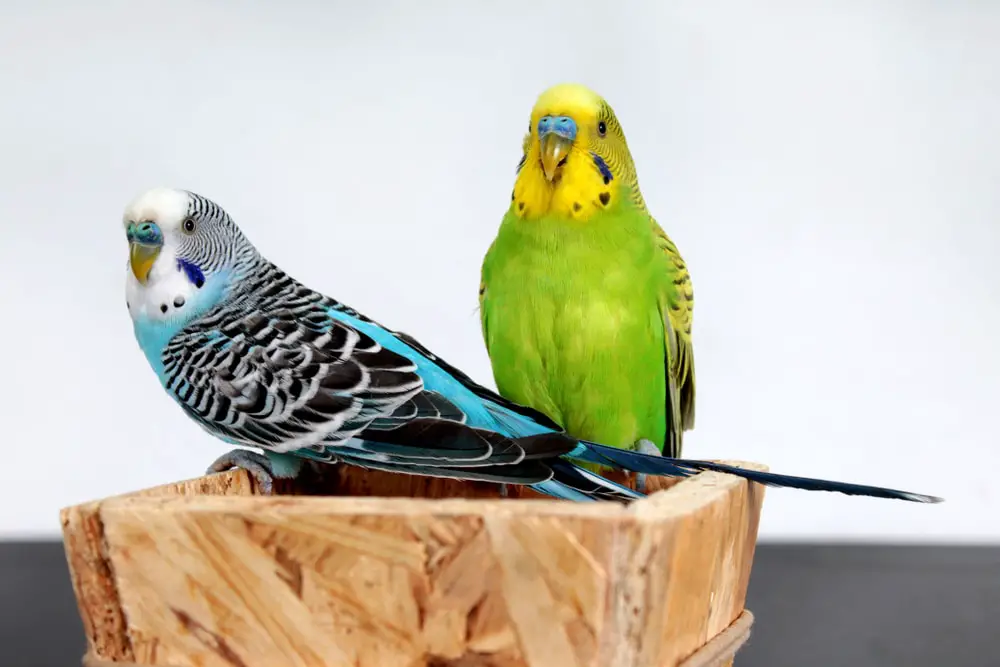
Conclusion
The question of whether parakeets can talk is a captivating one that has fascinated bird enthusiasts and pet owners for generations. While parakeets do possess the remarkable ability to mimic sounds, including human speech, it’s important to recognize the limitations of their communication skills. Parakeets can repeat words, phrases, and melodies with astonishing accuracy, but their mimicry is primarily a form of vocal imitation rather than genuine understanding.
These charismatic birds lack the cognitive capacity to engage in meaningful conversations or convey complex thoughts. Nonetheless, the world of parakeet speech is a world of wonder and charm. Their ability to mimic sounds, combined with their social and interactive nature, makes them captivating and entertaining companions. The bond that can develop between a parakeet and its owner through this unique form of communication is a testament to the joy these birds bring into our lives.
In the end, while parakeets may not engage in true conversation, they offer a form of delightful companionship and entertainment that continues to capture the hearts of those who share their homes with these small, chatty birds. Whether they are mimicking words, singing tunes, or simply chirping away, parakeets remind us of the beauty and wonder of the avian world and the extraordinary connections we can form with the creatures that share our world.

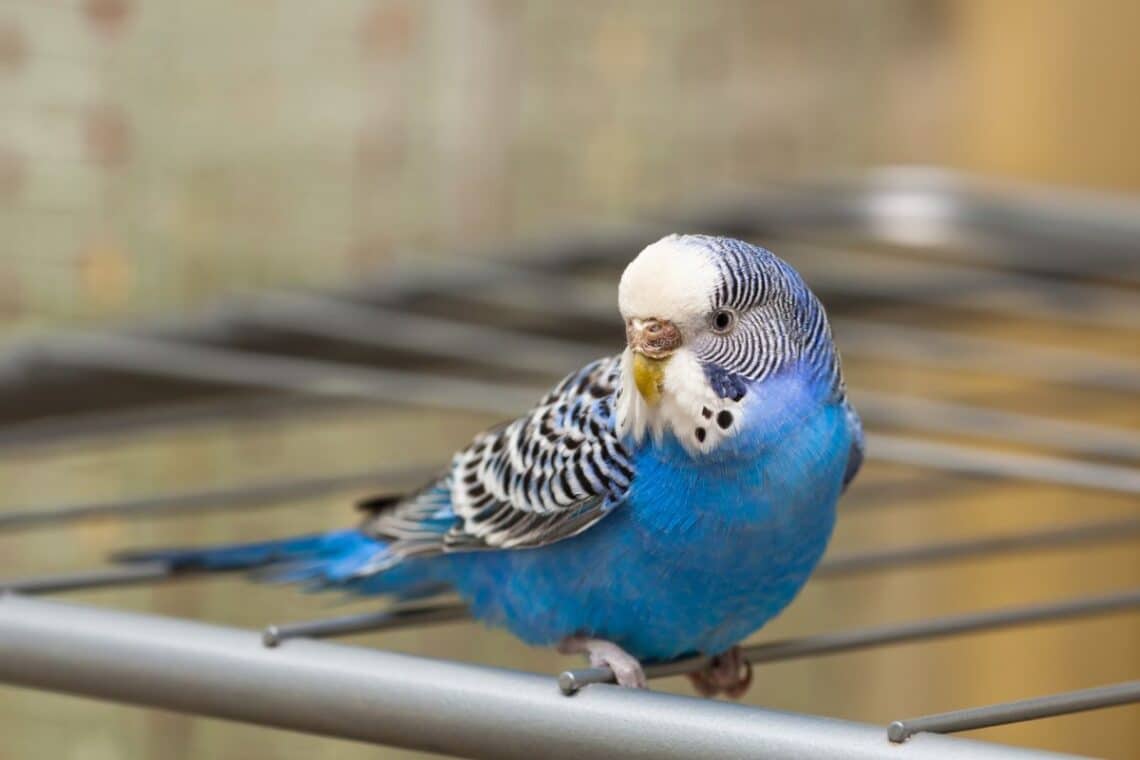
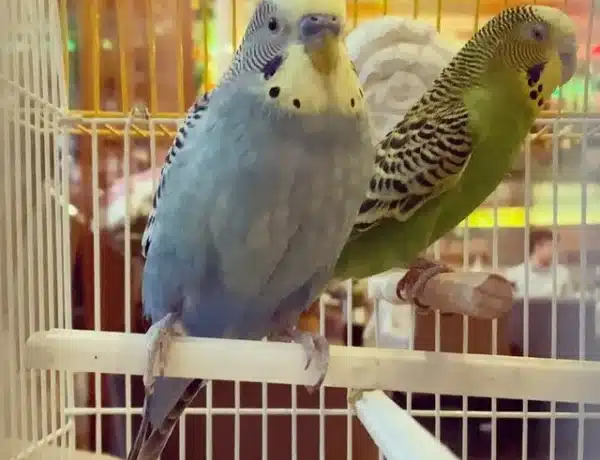
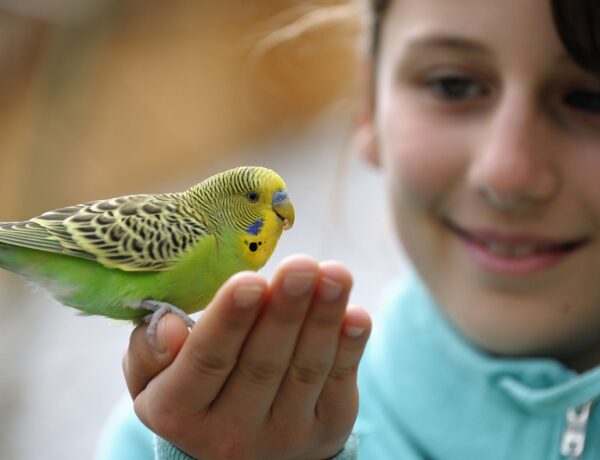
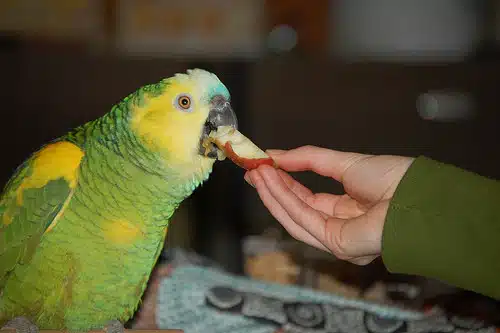
No Comments